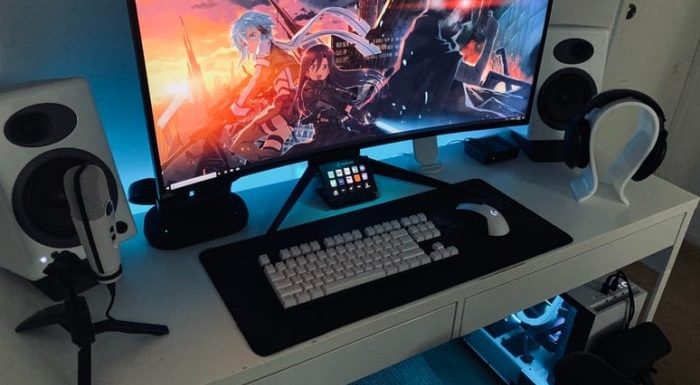
A computer can greatly assist in resolving bugs and glitches and provide you with endless gaming hours. There are many amateur gamers who spend hours playing their favorite games without realizing that there is a problem with the device they play on. Because of this, it is important for everyone to know how to fix errors on gaming devices.
1. Extreme lag(Common issue) :
The reaction time between the action performed and its impact on the screen is referred to as lag. Lagging is not desirable in any game, and speed is a top priority. Lags can occur for a variety of reasons, one of which is internet speed.
Check the internet connection quality for online games to ensure buffer-free hours. Ascertain that your router is configured for optimal gaming performance
2. Deformed graphics and visual distortions :
Artifacts are often used to describe visual media deformations. It is a fairly common bug that is commonly encountered by gamers. The difference in texture and image flickering is undoubtedly going to affect gaming smoothness. The video card processes all visuals.
Glitches in visual media typically indicate damage to the video card’s graphics processing unit (GPU). Updating the cards on time can help to resolve the crashes.
Users could avoid this by cleaning regularly. If you’ve overclocked your GPU, consider reverting to factory settings.
3. Crash errors :
Reset it to its default settings, and you’ll be back to your crash-free gaming experience.
4. The (un)holy trinity of Freezes, Hangs, and Stutters :
It’s a huge letdown when games don’t run as expected. If you frequently encounter halts in offline games where the game dials back and then needs to catch up with the time lost, something is wrong with the system.
There are a few quick ways to investigate this game-changing issue. Reduce the graphical options to a lower setting. If this does not work, close all running applications on your PC at the same time to prevent them from consuming RAM and CPU power.
Make sure your PC has enough free space for updates and additional data storage.
Although making all of the changes, if you still experience hangs, it could indicate that you need a new graphics card.
5. Screen tearing
Another visual media glitch that is frequently confused with visual artifacts is screen tearing. In contrast to artifacts, this visible issue occurs when your screen displays multiple casings from a game simultaneously, divided into at least two sections that do not adapt exactly.
In contrast to many other PC gaming issues, this isn’t due to a flaw in any one system component. The screen tearing occurs when the feed from your video card to your screen does not match the display’s refresh rate as expected.
Essentially, your card displays another casing before your screen has finished showing the final remaining one, resulting in a derelict image containing both.
To combat this, most games include a feature called VSync (vertical synchronization). Enabling it prevents the video card from refreshing your display until the current revival cycle is completed. Facilitating VSync can also result in significant drops in outline rate.
Occasionally, your graphics card may display significantly fewer frames per second to match the refresh rate, resulting in an uneven gaming experience. ValidEdge helps you learn all the tricks and tips in order to be able to solve problems as soon as possible and keep enjoying your favorite games.
